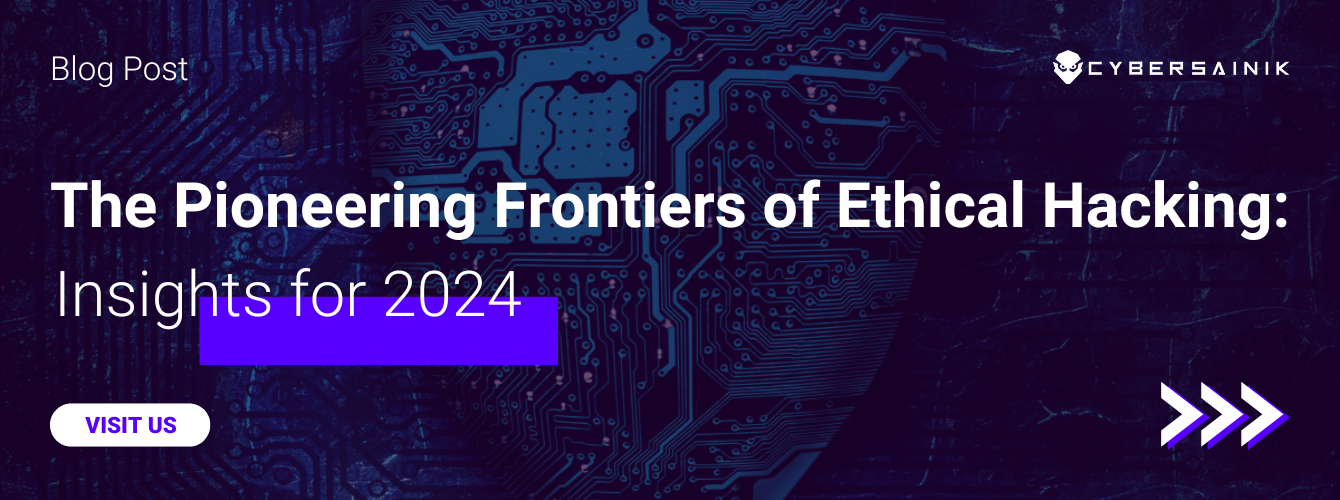Cybersecurity incidents can make a big impact on your business in numerous ways. The loss of data and hours of downtime can cripple even the most successful companies. Losing the trust of your clients can also make it nearly impossible to rebuild these relationships. A cybersecurity incident also poses significant financial risks for your organization, as these incidents can often result in millions of lost dollars. Staying proactive by looking at ways to improve your IT security and training your employees on how to identify potential cyber scams is a necessity for businesses of all sizes.
With the sharp rise in cyber-attacks, it is now more important than ever to implement a proactive strategy to keep your business safe from malicious hackers. Here’s a breakdown of the main threats and why cybersecurity is critical for your business, regardless of size.
Malware
Malware is a generic term for software that can cause damage to your computer. It includes worms, viruses, Trojans, and spyware. It can be used in many ways, from stealing personal information or money to causing physical harm by sending out false messages on the Internet. Malicious software is often referred to as malware because it was created with malicious intent.
The main types of malware
- Ransomware: A type of malware that infects a computer and encrypts all its files. It then demands money in exchange for a decryption key. The payment is usually made via cryptocurrency. The encryption process can be carried out in many different ways, including a file encrypted with a strong encryption algorithm such as AES (Advanced Encryption Standard) or RSA (Rivest-Shamir-Adleman). This means that even if a user has an antivirus installed on their computer, there is no guarantee that it will protect the computer.
- Malvertising: A form of online advertising fraud that uses malicious software to deliver advertisements, often without the knowledge or consent of the user.
Social Engineering
Social engineering is a form of cyber-attack that involves manipulating people into performing actions or divulging confidential information. It’s used to gain access to sensitive information, such as usernames and passwords. Social engineers can trick employees into installing malware on their systems, for example.
The best way to protect yourself from social engineering attacks is by taking steps like:
- Be suspicious of unsolicited emails from unknown senders; if it seems too good to be true, then it probably is!
- Make sure all employees understand how they should handle these kinds of messages, and make sure they follow through with those instructions during work hours.
Zero-Day Exploits
A zero-day exploit is an attack that exploits a vulnerability in software that is unknown to the vendor.
An example of a zero-day exploit would be when hackers find and use vulnerabilities in software before they are discovered by developers or security professionals.
To protect yourself against these types of attacks:
- Update your operating system with patches from Microsoft or Apple;
- Cyber Sainik’s IT team will ensure all devices are updated with the latest patches, and they can also monitor these devices in real-time while accessing the network.
Active Directory (AD) Threats
Active Directory (AD) is an important part of any company’s IT infrastructure. It’s a critical component of the network that allows users to access network resources and files, manage security settings on their devices, and create policies for managing mobile devices.
AD is vulnerable to a variety of attacks, including:
- Spoofing — A hacker can pretend to be another user or computer on an AD domain by using phishing emails or social engineering tactics like sending out fake news articles about cyber-attacks so people will click on links in these messages that take them from one page to another in an attempt at stealing credentials from their accounts.
- Cross-Site Scripting (XSS): This type of attack involves injecting malicious code into webpages, so it runs within those pages without being detected by users’ browsers.
- DDOS: Distributed denial-of-service attacks (DDOS) are a type of cyber-attack in which multiple compromised systems, such as computers, servers, or other Internet-connected devices, send malicious traffic over a network. The malicious traffic can be data packets with no destination address sent to overwhelm a system by flooding it with large amounts of data, which overloads it and makes it incapable of responding to requests properly.
The Need for Around-the-Clock Monitoring
Attempting to monitor your data at all times is nearly impossible for businesses. However, a managed IT security service provider will monitor your data at all times. Taking this proactive approach to data security helps prevent data breaches while also preventing major cybersecurity incidents. You can rest easy knowing that your data is safe.
Taking Proactive Measures
Businesses are increasingly relying on technology to handle a wide range of tasks in the workplace. However, security and downtime can cripple the productivity of each employee and lead to significant costs. One of the best ways to reduce the chance of cyber-attacks and downtime in the workplace is to partner with Cyber Sainik. Instead of worrying about the constant threat of cyber-attacks and downtime, we will give your company much-needed peace of mind and access to the latest tech and tools available. To help prepare your teams for the threats they face in this digital era, we offer security awareness & education. Access a complimentary Automated Security Awareness Program (ASAP) today to help build a customized approach for your organization. This program includes actionable tasks, helpful tips, training content suggestions and a task management calendar. More than that, you have the ability to export the full program as a detailed or executive summary version in PDF format. Bolster your ability to secure a budget for your program using the high-level reports.





